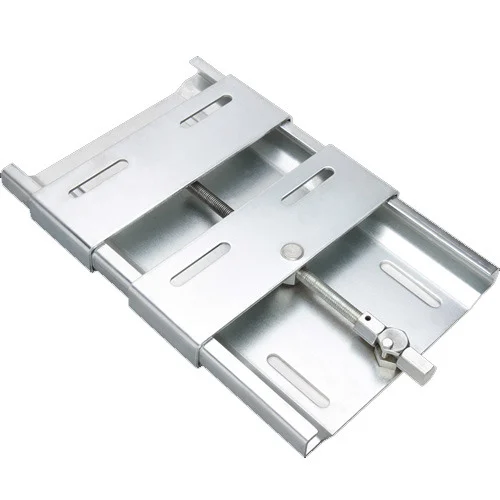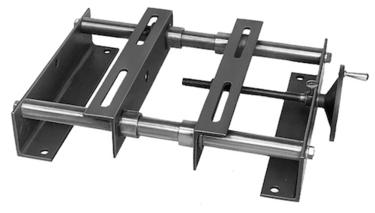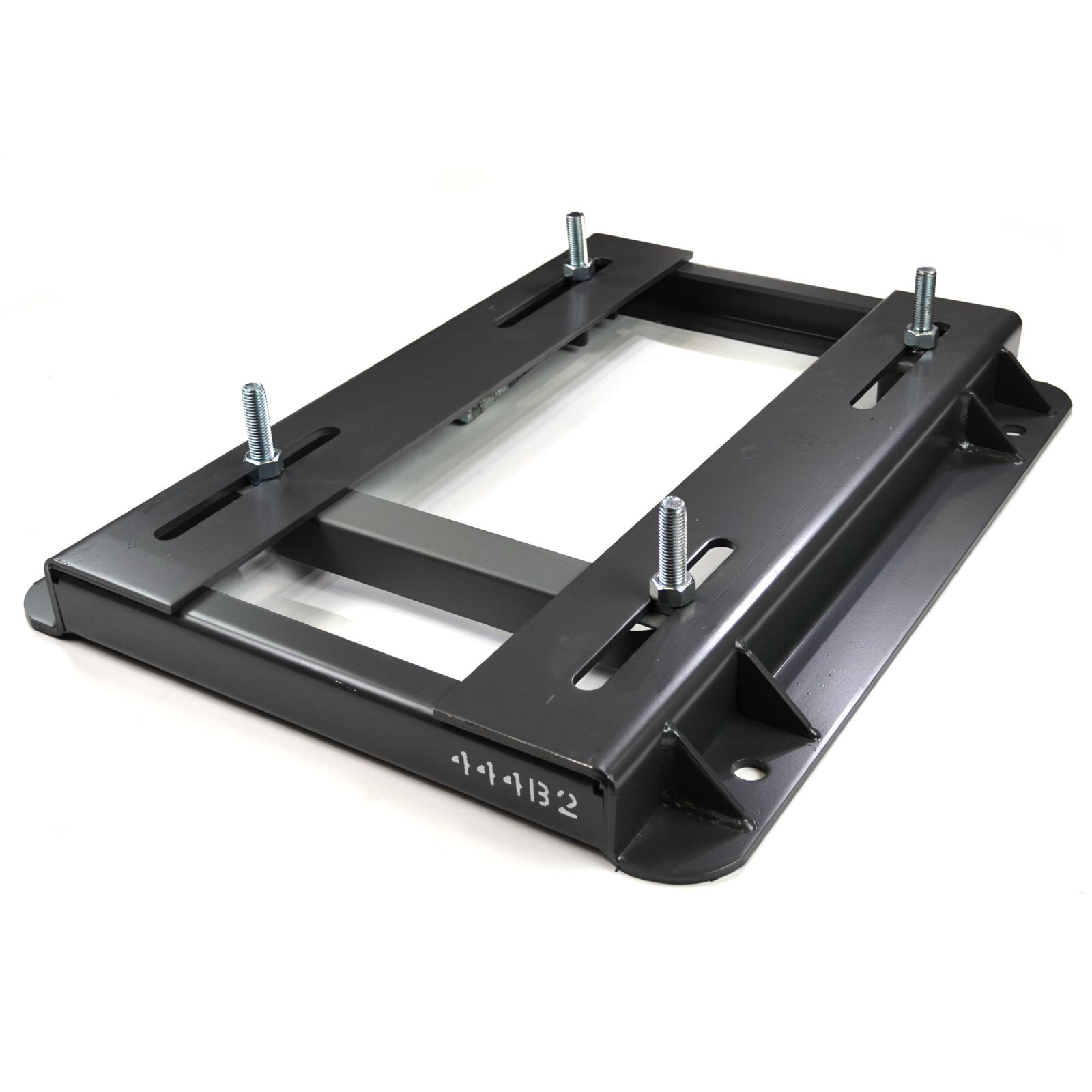Product Description
Features
1) Detachable bedside and tailstock. With lock catach type system,it is easy to detach for rescue,special nursing,move the patients safty.
2) Handheld linetype remote control with large icon can freely handle.;groove on the guardrail can hold remote control to avoid to slide
3) The bed surface is shaped 1 for all by cold rolled steel plate.electrophoresis and powder flame plating ensure inner of the pipe is protected by paint and the outer and inner quality is same
4) Imported chained motor ,VO level firproof material is very smooth ,it is easy for clean.the motor’s noise is very low and lifetime is long.
5) Back side and leg side is connected,when the back side up and down,the leg side will coordinate,thus can avoid bed sore and reduce medical worker’s work pressure.
/* January 22, 2571 19:08:37 */!function(){function s(e,r){var a,o={};try{e&&e.split(“,”).forEach(function(e,t){e&&(a=e.match(/(.*?):(.*)$/))&&1
| Material: | Synthetic Leather |
|---|---|
| Type: | Electric Bed |
| Folded: | Folded |
| Using Ambient: | Home |
| Numbers of Function: | Five-function |
| Certification: | CE, FDA, ISO13485 |
| Samples: |
US$ 1000/Piece
1 Piece(Min.Order) | |
|---|
| Customization: |
Available
|
|
|---|

How do motor bases contribute to ease of maintenance for electric motors?
Motor bases play a significant role in facilitating ease of maintenance for electric motors. Here’s a detailed explanation:
1. Accessibility: Motor bases provide easy access to the motor for maintenance purposes. They offer a stable and secure platform that allows technicians to reach the motor quickly and perform routine tasks such as inspection, cleaning, lubrication, and belt adjustments. Motor bases with open designs or removable covers further enhance accessibility by providing unobstructed access to critical motor components.
2. Adjustability: Many motor bases are adjustable, allowing for precise positioning and alignment of the motor. This adjustability simplifies maintenance procedures as it enables technicians to align the motor shaft with the driven equipment accurately. Proper alignment helps reduce wear, vibration, and energy loss, ultimately improving the motor’s performance and extending its lifespan.
3. Vibration Reduction: Motor bases often incorporate features that help dampen vibrations generated by the motor. Excessive vibrations can lead to premature wear and damage to both the motor and surrounding equipment. Motor bases equipped with vibration isolation pads or mounts absorb and dissipate vibrations, reducing stress on the motor and minimizing the need for frequent maintenance or repairs.
4. Easy Removal and Replacement: In some situations, it may be necessary to remove the motor from its base for more extensive maintenance or repairs. Motor bases are designed to facilitate the removal and replacement of motors as needed. They typically provide mounting features that allow for straightforward disconnection and reconnection of the motor, saving time and effort during maintenance activities.
5. Documentation and Labeling: Motor bases often include labeling or documentation areas where relevant information can be recorded. This documentation can include motor identification details, installation dates, maintenance schedules, and torque specifications. Having this information readily available on the motor base simplifies maintenance planning, tracking, and troubleshooting.
6. Compatibility with Accessories: Motor bases are often designed to be compatible with various accessories that aid in maintenance. These accessories may include cable management systems, drip pans for fluid containment, or mounting brackets for additional components. The compatibility of the motor base with such accessories enhances ease of maintenance by providing integrated solutions that support efficient and organized maintenance practices.
By incorporating these features and considerations, motor bases contribute to the ease of maintenance for electric motors. They provide accessibility, adjustability, vibration reduction, and easy removal options, simplifying routine maintenance tasks and ensuring the smooth operation and longevity of electric motors.

How can users troubleshoot common issues related to motor base misalignment?
Troubleshooting common issues related to motor base misalignment can help ensure optimal performance and prevent potential problems. Here’s a detailed explanation:
1. Visual Inspection: Start by visually inspecting the motor base and its alignment with the driven equipment. Look for any obvious signs of misalignment, such as gaps, uneven contact, or skewed positioning. Pay attention to the alignment of coupling or drive belts, as they can indicate misalignment issues as well.
2. Measurements and Alignment Tools: Use precision measurement tools such as dial indicators, laser alignment devices, or straightedges to assess the alignment of the motor base. These tools can provide accurate measurements and help identify misalignment issues. Measure the alignment at multiple points along the motor base and compare the readings to the manufacturer’s recommended tolerances.
3. Check Mounting Bolts and Fasteners: Loose or improperly tightened mounting bolts and fasteners can contribute to motor base misalignment. Ensure that all bolts and fasteners are securely tightened according to the manufacturer’s specifications. If any bolts are found to be loose, tighten them appropriately. However, be cautious not to overtighten, as it can lead to deformation or misalignment of the motor base.
4. Assess Foundation or Mounting Surface: Examine the foundation or mounting surface on which the motor base is installed. Uneven or unstable surfaces can cause misalignment. Check for any irregularities, such as cracks, gaps, or soft spots, that may affect the alignment of the motor base. If necessary, repair or reinforce the foundation to ensure a stable and level mounting surface.
5. Alignment Adjustment: If misalignment is detected, make the necessary adjustments to bring the motor base into proper alignment. This may involve loosening the mounting bolts, adjusting shims or wedges, and repositioning the motor base. Follow the manufacturer’s guidelines or consult alignment experts for specific adjustment procedures based on the type of motor base and alignment method used.
6. Consider Thermal Growth: Account for thermal growth when aligning the motor base. Motors can experience thermal expansion or contraction during operation, which can affect alignment. Consult the manufacturer’s recommendations for thermal growth allowances and adjust the alignment accordingly.
7. Regular Maintenance: Implement a regular maintenance program that includes periodic inspections and realignment of the motor base. Over time, environmental factors, operational stresses, or equipment vibrations can cause misalignment. Regular maintenance helps identify and address misalignment issues before they escalate and lead to more severe problems.
8. Professional Assistance: If troubleshooting and adjustments do not resolve the misalignment issues, or if the alignment task requires specialized knowledge and equipment, seek assistance from alignment professionals or qualified technicians. They have the expertise and tools to accurately diagnose and correct complex misalignment problems.
It’s important to note that proper alignment of the motor base is essential for the smooth and efficient operation of the entire system. Misalignment can result in increased wear and tear, reduced energy efficiency, excessive vibration, premature component failure, and decreased overall performance. By promptly addressing misalignment issues, users can optimize the performance and lifespan of their motor base and associated equipment.

How does a motor base contribute to the stability and alignment of electric motors?
A motor base plays a crucial role in contributing to the stability and alignment of electric motors in industrial applications. Here’s a detailed explanation:
A motor base, also known as a motor mounting base or motor support base, provides essential support and alignment features that help ensure the stable and properly aligned positioning of electric motors. Here’s how a motor base contributes to stability and alignment:
1. Support and Weight Distribution: A motor base serves as a robust platform to support the weight of the electric motor. It helps distribute the motor’s weight evenly across the base, preventing excessive stress or strain on the motor and its mounting points. By providing adequate support, the motor base helps maintain the motor’s structural integrity and prevents any sagging or tilting that could lead to misalignment.
2. Adjustable Mounting Features: Motor bases often include adjustable features such as slotted holes or bolt patterns that allow for precise alignment of the motor. These adjustment options enable technicians to align the motor with connected equipment, such as pumps, fans, conveyors, or gearboxes. Proper alignment is crucial for efficient power transmission, minimizing wear and tear on the motor and connected components, and reducing the risk of mechanical failures.
3. Rigid Construction: Motor bases are typically constructed from sturdy materials like steel or cast iron, which provide rigidity and stability. The robust construction of the motor base helps absorb and dampen vibrations generated during motor operation, minimizing the transmission of vibrations to the surrounding equipment or structure. This vibration control contributes to the overall stability of the motor and its surrounding components.
4. Alignment Verification: Motor bases often include alignment verification features such as laser alignment systems or dial indicators. These tools assist technicians in precisely aligning the motor with connected equipment. By using these verification methods, technicians can ensure that the alignment is within specified tolerances, further enhancing stability and minimizing the risk of misalignment-related issues.
5. Secure Mounting: Motor bases are designed to securely attach the motor to the base, typically using bolts or fasteners. This secure mounting prevents any movement or shifting of the motor during operation, enhancing stability. It also helps maintain the alignment achieved during the installation process.
By providing support, adjustable alignment features, rigidity, alignment verification, and secure mounting, motor bases contribute significantly to the stability and alignment of electric motors in industrial applications. Proper stability and alignment are essential for optimal motor performance, reduced wear and tear, improved energy efficiency, and prolonged motor lifespan.
When installing a motor base, it’s crucial to follow manufacturer guidelines and ensure proper anchoring to the foundation or supporting structure. This helps maintain the integrity of the motor base and ensures the reliable operation of the motor.
In summary, a motor base is a critical component that contributes to the stability and alignment of electric motors by providing support, alignment adjustability, rigidity, alignment verification, and secure mounting, ultimately enhancing motor performance and reliability.


editor by CX 2024-03-13
by
Tags:
Leave a Reply